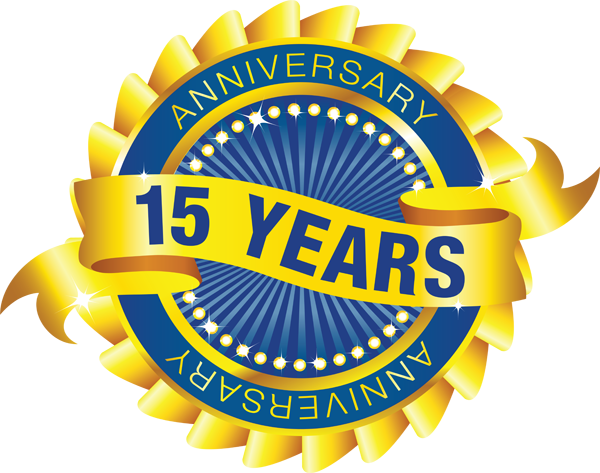 Our services
Our services
• Execute market research studies and feasibility studies of proposed projects.
Market Research and feasibility studies explained
Market research is the process of systematically gathering, recording and analyzing data and information about customers, competitors and the market. Its uses include to help create a business plan, launch a new product or service, fine tune existing products and services, and expand into new markets. Market research can be used to determine which portion of the population will purchase a product/service, based on variables like age, gender, location and income level.
Market research is generally either primary or secondary.[1] In secondary research, the company uses information compiled from other sources that appears applicable to a new or existing product this has advantages and disadvantages some of the advantages are that its very cheap and easily accesable but the disadvantages are that its not specific to what you want to find out and can also be biased but that can never be checked. Primary market research involves testing such as focus groups, surveys, field tests, interviews or observation, conducted or tailored specifically to that product.
A list of questions that can be answered through market research:
•What is happening in the market? What are the trends? Who are the competitors?
•How do consumers talk about the products in the market?
•Which needs are important? Are the needs being met by current products?
Market research for business planning
Market research is for discovering what people want, need, or believe. It can also involve discovering how they act. Once that research is complete it can be used to determine how to market your specific product.
For starting up a business there are a few things that are important:
Market information
Market information is making known the prices of the different commodities in the market, the supply and the demand. Information about the markets can be obtained in several different varieties and formats.
Examples of market information questions are:
1. Who are the customers?
2. Where are they located and how can they be contacted?
3. What quantity and quality do they want?
4. What is the best time to sell?
Market segmentation
Market segmentation is the division of the market or population into subgroups with similar motivations. Widely used bases for segmenting include geographic differences, personality differences, demographic differences, use of product differences, and psychographic differences.
Market trends
The upward or downward movements of a market, during a period of time. The market size is more difficult to estimate if you are starting with something completely new. In this case, you will have to derive the figures from the number of potential customers or customer segments. [Ilar 1998]
But besides information about the target market you also need information about your competitor, your customers, products etc. A few techniques are:
•Customer analysis
•Choice Modelling
•Competitor analysis
•Risk analysis
•Product research
•Advertising research
Feasibility Study
It is a preliminary study undertaken to determine and document a project's viability. The term feasibility study is also used to refer to the resulting document. These results of this study are used to make a decision whether to proceed with the project, or table it. If it indeed leads to a project being approved, it will — before the real work of the proposed project starts — be used to ascertain the likelihood of the project's success. It is an analysis of possible alternative solutions to a problem and a recommendation on the best alternative. It, for example, can decide whether an order processing be carried out by a new system more efficiently than the previous one.
Contents
1 Explanation
1.1 Needs Analysis
1.2 Technical feasibility study
1.3 Schedule Feasibility study
1.4 Cultural Feasibility study
1.5 Legal Feasibility study
1.6 Marketing Feasibility study
Explanation
A feasibility study could be used to test a proposal for new system, which could be used because:
•The current system may no longer carry its purpose,
•Technological advancement may have rendered the current system obsolete,
•The business is expanding, allowing it to cope with extra work load,
•Customers are complaining about the speed and quality of work the business provides,
•Competitors are now winning a big enough market share due to an effective integration of a computerized system.
A feasibility study should examine three main areas:
•legal issues
•technical and organizational requirements
•financial overview
Within a feasibility study, seven areas must be reviewed, including those of a Needs Analysis, Economics, Technical, Schedule, Organizational, Cultural, and Legal.
Needs Analysis
A needs analysis should be the first undertaking of a feasibility study as it clearly defines the project outline and the clients' requirements. Once these questions have been answered the person/s undertaking the feasibility study will have outlined the project needs definition. The following questions need to be asked to define the project needs definition: What is the end deliverable? What purpose will it serve? What are the environmental effects? What are the rules and regulations? What standards will we be measured against? What are the quality requirements? What are the minimal quality requirements allowed? What sustainability can we expect? What carry over work can we expect? What are the penalty clauses? How much do we need to outsource? How much do we need to insource?
Technical feasibility study
This involves questions such as whether the technology needed for the system exists, how difficult it will be to build, and whether the firm has enough experience using that technology.The assessment is based on an outline design of system requirements in terms of Input, Output, Fields, Programs, and Procedures.This can be qualified in terms of volumes of data,trends,frequency of updating,etc..in order to give an introduction to the technical system.
Schedule Feasibility study
This involves questions such as how much time is available to build the new system, when it can be built , whether it interferes with normal business operation, number of resources required, dependencies, etc. Contingecy and mitigation plans should also be stated here so that if the project does over run the company is ready for this eventuality.
Cultural Feasibility study
In this stage, the project's alternatives are evaluated for their impact on the local and general culture. For example, environmental factors need to be considered.
Legal Feasibility study
Not necessarily last, but all projects must face legal scrutiny. When an organization either has legal council on staff or on retainer, such reviews are typically standard. However, any project may face legal issues after completion too. It's inter-related to the organization strategy.
Marketing Feasibility study
This will include analysis of single and multi-dimensional market forces that could affect the commercial, along with the company that is carrying out the feasibility achieving more and more reputation as they have carried out safety checks which allow the system to run appropriately.
Economic feasibility
Establishing the cost-effectiveness of the proposed system i.e. if the benefits do not outweigh the costs then it is not worth going ahead.
Legal feasibility
Determines whether the proposed system conflicts with legal requirements, e.g. the Data Protection Act.
Operational feasibility
Do the current work practices and procedures support a new system. Also social factors i.e. how the organisational changes will affect the working lives of those affected by the system.
Schedule feasibility
Looks at how long the system will take to develop, or whether it can be completed in a given time period using some methods like payback period.



